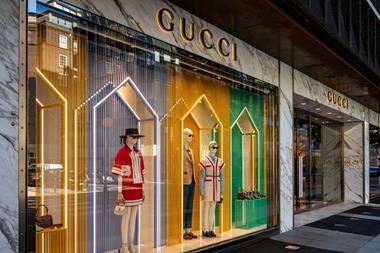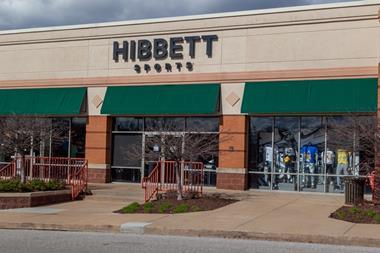Shop prices have fallen on a year ago and were deflationary for the second consecutive month, according to the British Retail Consortium-Nielsen Shop Price Index.
Food inflation increased to 2.5% in September from 2.3% in August. The rise was driven by a rise in ambient food inflation while fresh food inflation fell to an all-time low of 0.8% during the month.
Annual non-food deflation was 1.4% in September, unchanged from August. Deflation in clothing and footwear and furniture and floorcoverings accelerated compared with previous month.
Annual deflation in clothing and footwear increased to 5.7% in September, from 5.5% in August.
The report said that it expected non-food deflation to continue to slow in the coming months until the reversal of VAT in January 2010.
Overall, shop prices were down 0.1% year-on-year and remained unchanged from August.
Over the last year, the report said that the volatility of commodity prices and significant shifts in exchanges rates have impacted inflation. The sterling effective exchange rate remains about 20% lower than mid-2007 levels and around 15% lower against the Euro in the last 12 months, placing upward pressure on inflation as import costs for retailers rose.
However, the reported added: “We believe that the effect of the sharp depreciation in sterling on inflation is close to an end in most parts of the retail sector. Deflation in the overall index would support this view.”
It added that further downward pressure on inflation could be generated from weakness in the labour market.
Nielsen senior manager of retailer services Mike Watkins said: “Non food prices remain lower than a year ago but many shoppers are still reluctant to spend on higher ticket items despite VAT reductions.
“The marginal increase in the inflation at food stores is indicative of food price inflation returning to the more normal, long-term range of between two per cent and three per cent.“
























No comments yet